Cities, and Manhattan in particular, are known for their skylines. Yet, Israeli architect Eran Chen is changing the face of New York City, not by erecting needle-tipped skyscrapers, but by exploiting the space between them.
“As an architect, I like to explore more of the in between: The gaps, the voids, the territory between – inside and out,” Chen tells NoCamels. “Those urban voids are our new landscape.”
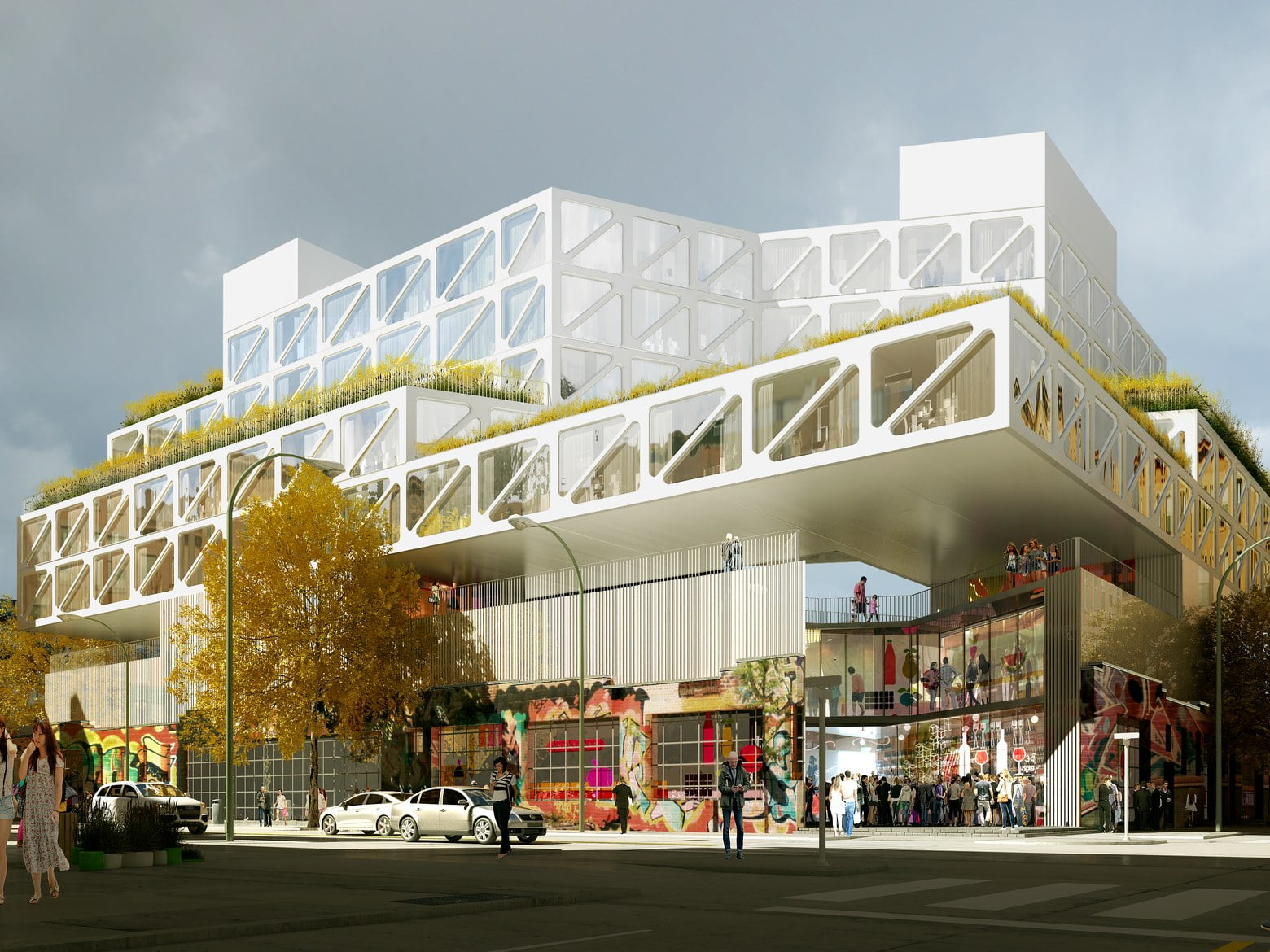
Chen’s firm ODA incorporates the graffiti wall that already exists into its plan for a hotel and commercial space in Bushwick, Brooklyn. Courtesy
Using both reflective and matte materials and what is now becoming his signature cube modules, Chen – the founder and executive director of ODA: Architecture – has filled those voids with roof terraces, hanging gardens and nonuniform facades, creating buildings that are as inviting to look at as they are to live in.
“Architecture is about the space between things”
“When people think about architecture, they usually think about buildings, and while to some extent the job of an architect is to design buildings, architecture as a practice isn’t about buildings at all,” Chen says. “Architecture is about the space between things. It’s about our physical and mental experience of the in between.”
Raised in Rehovot, Israel, Chen did not grow up around the kind of grand buildings that he works on today. Yet, after training at the prestigious Bezalel Academy of Arts and Design in Jerusalem and moving to New York in 2000, his eye adjusted to the urban jungle. He quickly became a principal in Perkins Eastman, an international architecture company, and in 2007, he founded his own firm, ODA, which now employs 60 people.
Inside out
One thread guiding much of his work is the line between indoors and outdoors, a distinction that Chen blurs perhaps more than his contemporaries, and definitely more than his predecessors. “We are not made to live only in one space,” Chen says. “We need both.”
However, that sounds easier said than done: The majority of Chen’s projects are in New York City, where green space is a rare commodity even for the high society.
SEE ALSO: Acclaimed Israeli Architect Omer Arbel Sheds Light On His Multifaceted Approach To Design
Yet, Chen and his team have repeatedly used cube structures in order maximize outside space for greenery, which grows along the top and the sides, and natural light, which comes through and reflects off of the corner windows.
Even in his plans for an East Side tower between the United Nations headquarters and the Chrysler Building, Chen’s signature style comes through: The mix of glass and concrete, the cubed sections, and of course, the greenery — are all designed with an effect that makes the building seems like it is being slowly stretched, as if the floors were stuck together with chewing gum, Chen says. (Rest assured, gum will not be one of the materials used in a 41-floor building).
The Trump World Tower
Concentrating mainly on residential properties – Chen and former New York Governor Eliot Spitzer are currently developing a property in South Williamsburg, Brooklyn – ODA handles both architecture and interior design projects, the most famous of which has been the renovation of the Trump World Tower penthouse. An Asian-American financier purchased the 89th and 90th floors during the 2008 credit crisis for $53 million (a bargain nowadays), and then invested another $67 million in its redesign, which included 18,000 square feet of open-floor area, 16 feet floor-to-ceiling windows, a 30-foot water wall (a waterfall on a wall), and a reflecting pool overlooking the United Nations headquarters.
Its windows offer a 360-degree view of the city, including a close-up of the Empire State Building and a sprawling panorama of the East River. The internal walls exhibit the owner’s private art collection (reported to be one of the largest in the world), which include works by Picasso, Matisse, and Damien Hirst.
Sign up for our free weekly newsletter
Subscribe“The challenge here was designing a private apartment that would also serve as a space to present the art,” Chen tells NoCamels. Using softer materials such as woods and leathers, Chen designed each room, creating intimate spaces in this sky-high palace. “It was about finding a way to make the two solutions function together.”
SEE ALSO: Israeli Eco-Home Wins Big At International Solar Decathlon In China
However, Chen’s aesthetic balancing act pales in comparison to the actual construction. All the materials, including large slabs of Italian marble, had to be hoisted to the top of the building, sometimes strapped on top of the elevator. Yet, more problematic was the noise, in particular the noise to downstairs neighbor Derek Jeter.
Donald Trump gets involved
During the four years of planning and construction, the Yankees’ former baseball shortstop couldn’t get enough sleep before games and complained to the management, i.e. to billionaire Donald Trump, Chen recalls. Fortunately, Chen’s client rented another apartment in the building, where Jeter slept before the games, and the New York Yankees went on to win the World Series in 2009. Then, the renovation was completed as planned.
Architects of Chen’s caliber are often reserved for those who can afford to pay them. Yet, Chen has not limited himself to building for the rich and famous. In 2013, ODA was selected to design one of New York’s largest affordable housing projects, located on the banks of the East River at Hunter’s Point in Queens. Facing Manhattan, this hybrid complex of 796 affordable apartments and 696 market-rate apartments, along with 100 units set aside for senior citizens, is part of Chen’s mission to “create a city that is more equal for everyone.”
“While cities are getting bigger and bigger, and more and more people move from the suburbs to the huge metropolis, very little effort is made in order to understand the impact of a huge city on the psychology of individuals,” Chen explains. “The sense of belonging to a community is disappearing for the inhabitants of the vertical cities.”
To that point, plans for the Queens site call for approximately 20,000 square feet of new commercial space with preliminary plans for a pre-kindergarten, a medical facility, a rock-climbing gym, art galleries, yoga studios and new restaurants, along with 10,000 square feet of new community space.
Israeli inspiration
What makes an Israeli-turned-New Yorker so civically minded? “Being Israeli has totally influenced who I am and what I care about,” Chen admits. “Israel is a unique, complex country when it comes to social fabric. Growing up in a culture that struggles with issues of identity and diversity trains your brain to look at things with a different perspective.”
The New York-based architect might soon bring that perspective back home, following his submission to the competition to design the new building of the National Library of Israel.
Taking his inspiration from the Knesset building, Chen’s design “underscores the idea that education and learning are the bedrock of democracy.” Yet, the building materials would give the library a “sense of openness that distinguishes it from the highly protected governmental buildings in the neighborhood.” The plan includes a landscaped roof that acts as a natural amphitheater, allowing for public gatherings and events.
“Architecture is not a privilege; it’s a necessity for wellbeing,” Chen summarizes.
If one considers that Olmsted’s design of Central Park gave New York City “lungs,” or that Haussmann’s renovation of Paris “opened up” the medieval city, Chen’s statement is perhaps not so far-fetched.
Photos and renderings: ODA
Related posts

Rehabilitation Nation: Israeli Innovation On Road To Healing

Israeli High-Tech Sector 'Still Good' Despite Year Of War




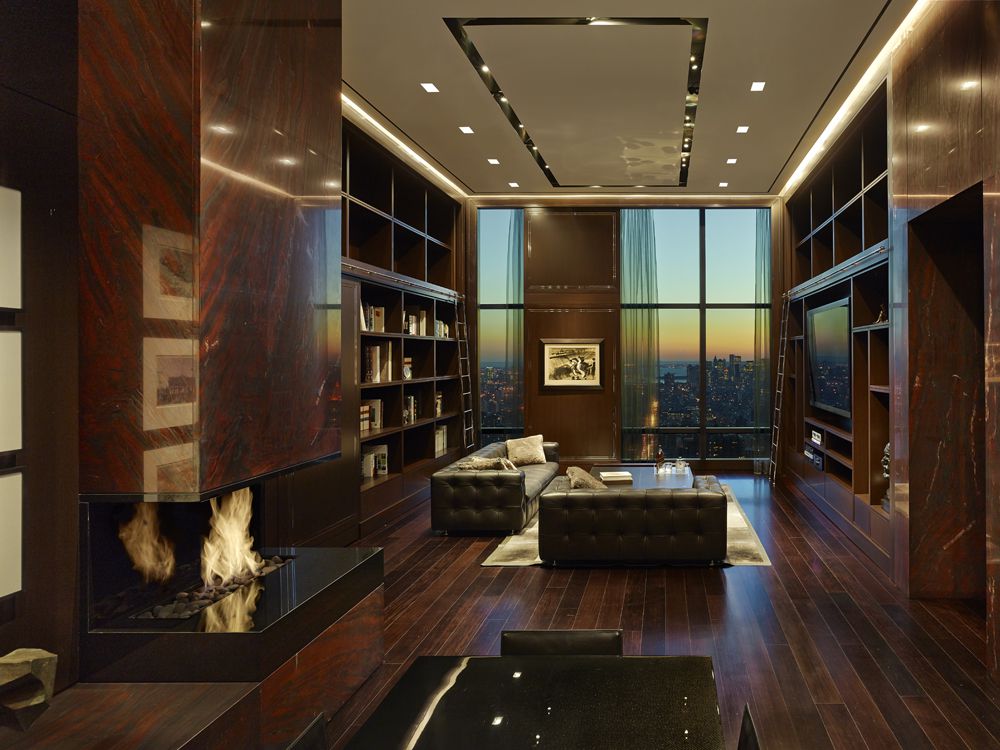
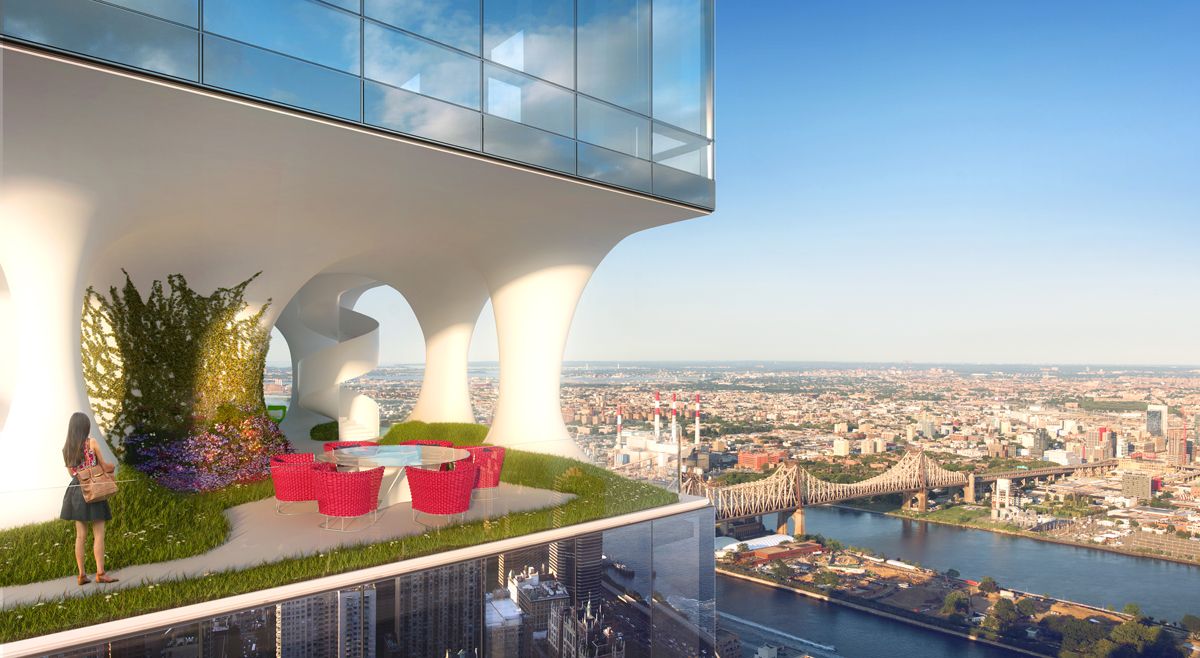

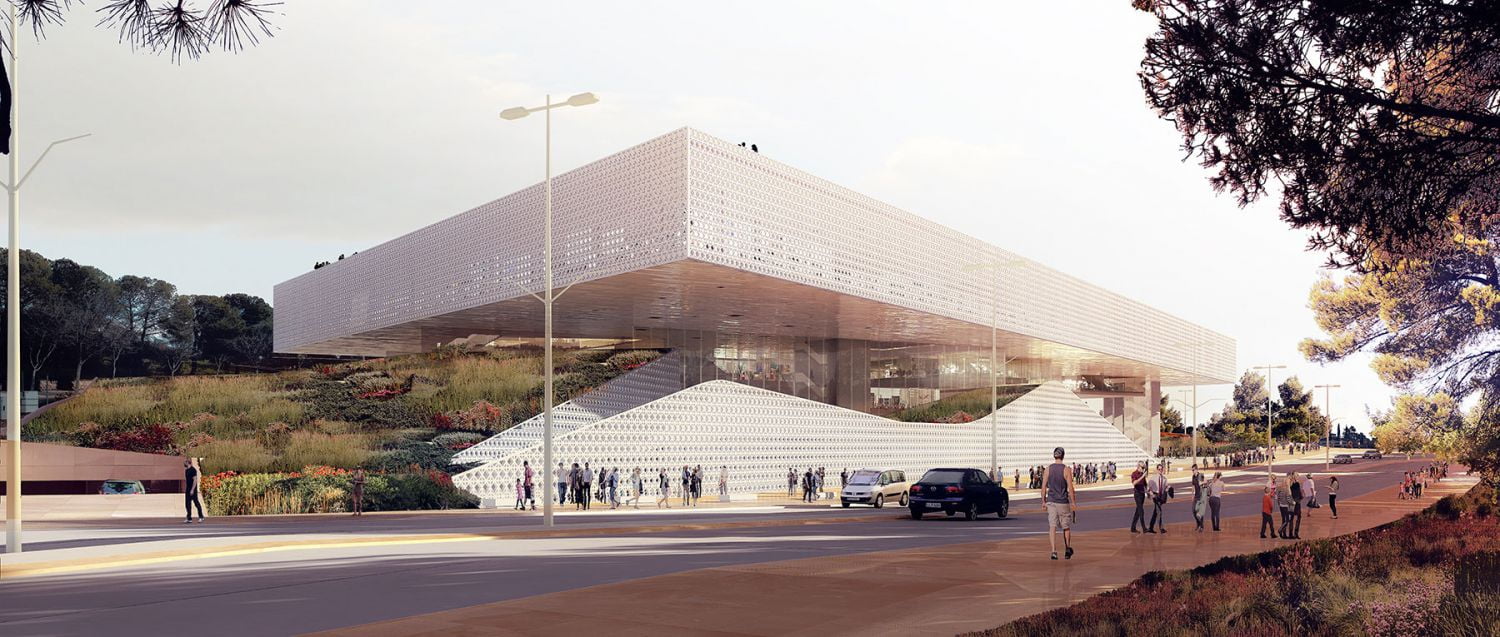
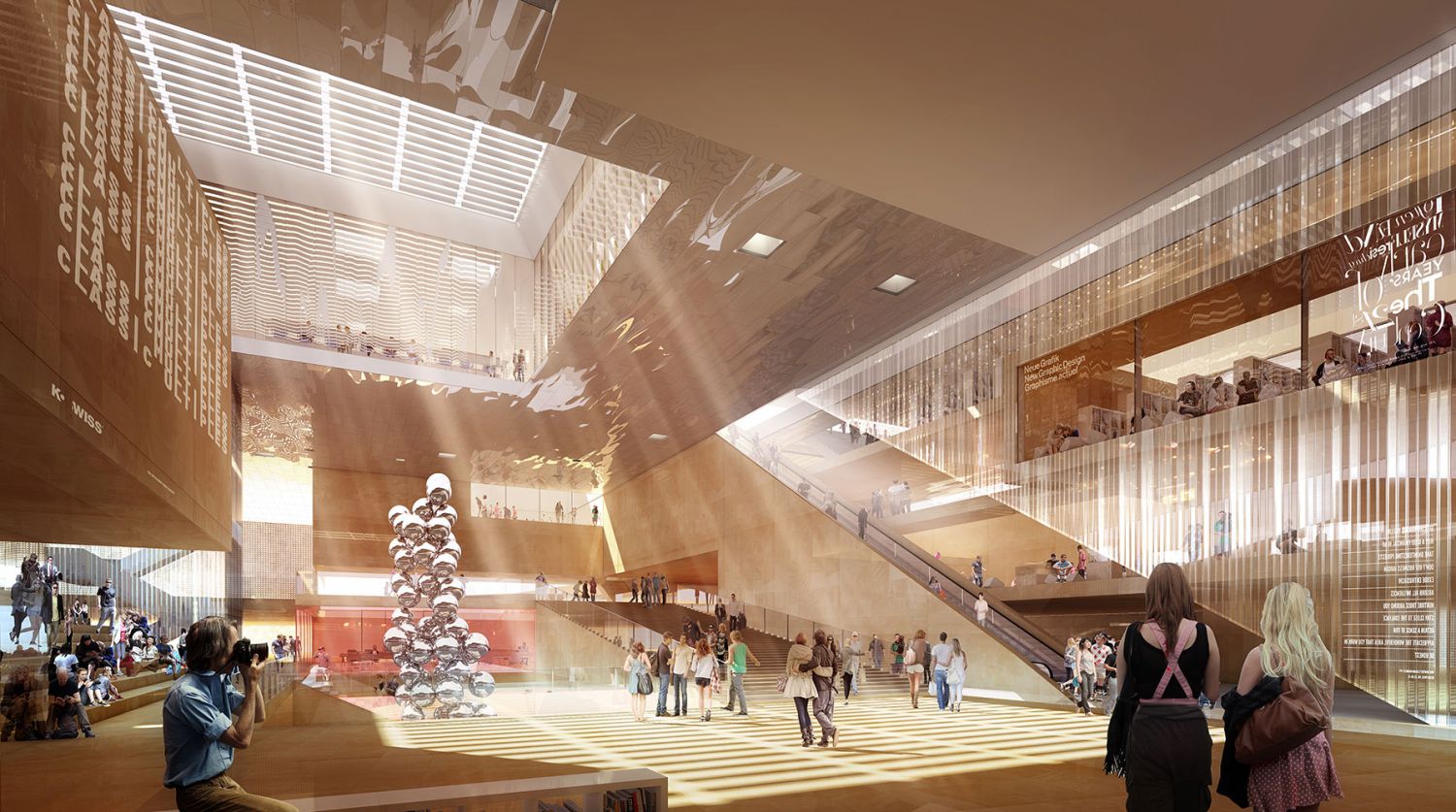


Facebook comments